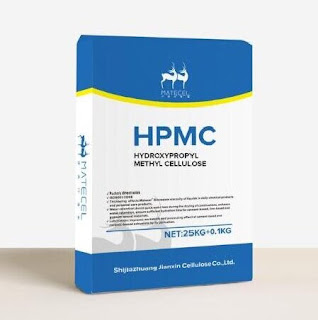TYPES AND USES OF SURFACTANTS
The hydrophilic head of each surfactant is electrically charged. The charge can be negative, positive or neutral. Depending on the charge of the hydrophilic head, surfactants are classified as anionic, nonionic, cationic or amphoteric.
surfactants
NONIONIC SURFACTANTS
Nonionic surfactants are neutral and they do not have any charge on the hydrophilic end. Nonionic surfactants are very good at emulsifying oils and are superior to anionic surfactants in removing organic dirt. The two are often used together to create dual-action, multi-purpose cleaners that not only lift and suspend particulate soils, but also emulsify oil-based soils.
Uses
Some nonionic surfactants can be non-foaming or low foaming. This makes them ideal for use as low foaming detergent ingredients.
Nonionic surfactants are often used as wetting agents or coatings. Various products that use nonionic surfactants are polishes, cleaners, fragrances, and even some foods.
ANIONIC SURFACTANTS
Anionic surfactants have a negative charge on their hydrophilic end. The negative charge helps the surfactant molecules lift and suspend soils in micelles. Because they are able to attack a broad range of soils, anionic surfactants are used frequently in soaps and detergents. Anionic surfactants create a lot of foam when mixed. While anionic surfactants are excellent for lifting and suspending particulate soils, they are not as good at emulsifying oily soils.
Uses
Anionic surfactants are often used in soaps and detergents because of their ability to attack a wide range of soils. This makes them ideal for use as low foaming detergent ingredients.
Some common examples of nonionic surfactants include cocoamides, ethoxylates, and alkoxylates.
Anionic surfactants are also often used as wetting agents and can be found in products such as laundry and dishwashing detergents, toothpaste, shampoos, body washes and other bath products.
CATIONIC SURFACTANTS
Cationic surfactants have a positive charge at their hydrophilic end. The positive charge allows them to be used in antistatic products, such as fabric softeners. Cationic surfactants cannot be used together with anionic surfactants. If positively charged cationic surfactants are mixed with negatively charged anionic surfactants, they will fall out of solution and are no longer effective.
Uses
Cationic surfactants have the ability to interfere with and penetrate the cell membranes of viruses and bacteria because they have a positive charge. Therefore, cationic surfactants are commonly used in antibacterial and antifungal products. Some common examples of cationic surfactants include alkyl ammonium chloride.
AMPHOTERIC SURFACTANTS
Amphoteric surfactants have a dual charge at their hydrophilic end, including a positive charge and a negative charge. The dual charges cancel each other out to produce a zero net charge, called an amphoteric ion. The pH of any given solution will determine how the amphoteric surfactant reacts. In acidic solutions, amphoteric surfactants are positively charged and behave similarly to cationic surfactants. In alkaline solutions, they become negatively charged, similar to anionic surfactants.
Uses
Amphoteric surfactants are commonly used in personal care products, such as shampoos and cosmetics. Some examples of commonly used amphoteric surfactants are betaine and amino oxides.
Are you interested in learning more about surfactants? Feel free to contact us for expert consultation.
Related Products:


评论
发表评论